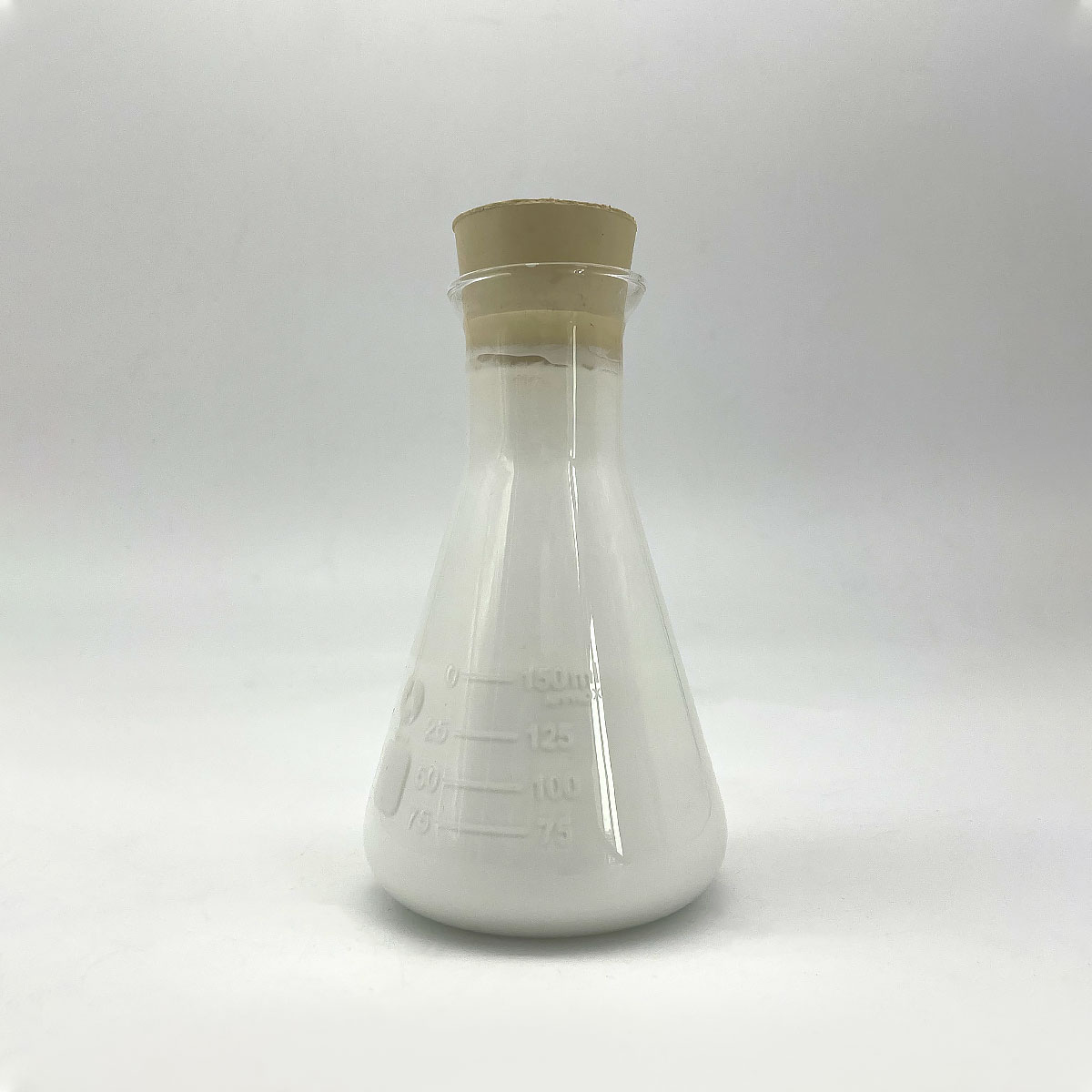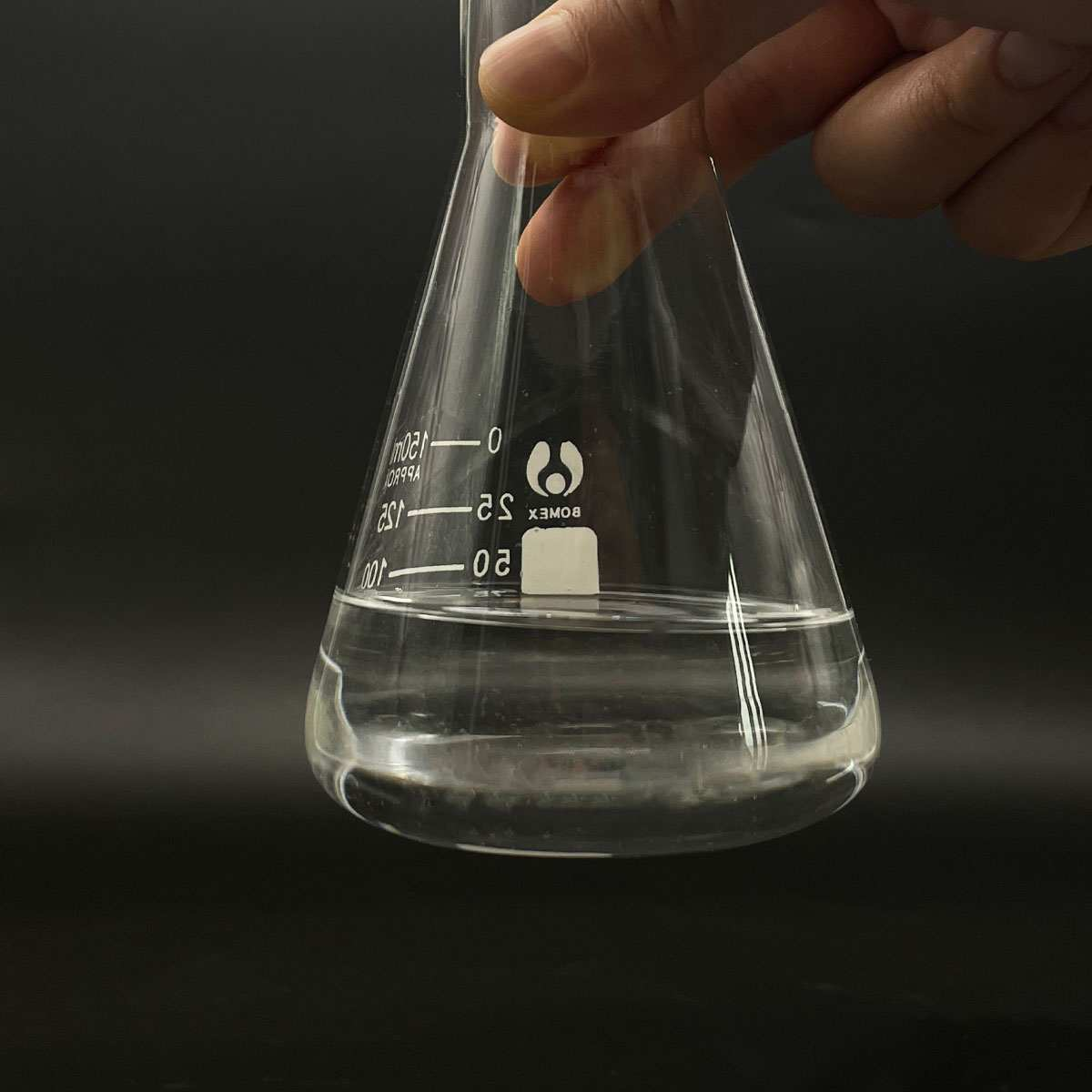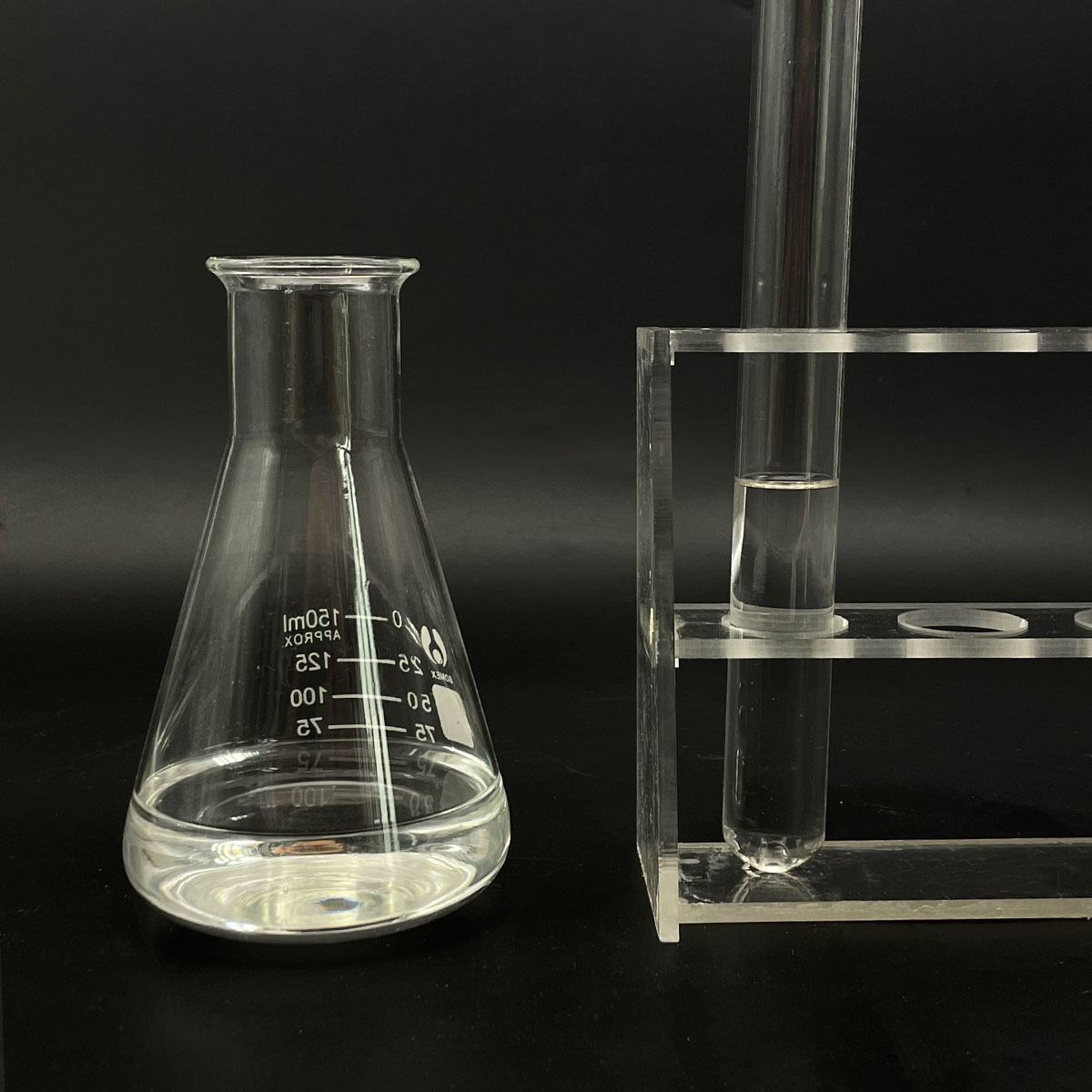1. Introduction
In the past 48 hours, major cosmetic retailers like Sephora and Ulta have announced expanded ‘SLS-free’ beauty sections in response to growing consumer demand for gentler cleansers. This trend reflects heightened awareness around sodium lauryl sulfate (SLS)—a powerful but sometimes irritating surfactant found in countless personal care and household products.

If you’ve ever wondered why your shampoo lathers so richly or how weed killers stick to waxy leaves, the answer often lies in surfactants like SLS. But what exactly is sodium lauryl sulfate, and should you avoid it? Let’s break it down.
2. What Is Sodium Lauryl Sulfate?
Sodium lauryl sulfate (SLS), also known as sodium dodecyl sulfate or natrium lauryl sulfate, is a synthetic anionic surfactant. The terms ‘sls sodium lauryl sulfate,’ ‘na lauryl sulfate,’ and ‘lauryl sulfate’ all refer to the same compound. Chemically, it’s derived from dodecyl alcohol and sulfuric acid, then neutralized with sodium hydroxide.
Despite frequent confusion, SLS is not the same as sodium laureth sulfate (also called sodium lauryl ether sulfate or sodium lauryl ether sulphate). The latter is ethoxylated—meaning it’s been treated with ethylene oxide—which makes it milder but introduces potential contamination concerns.
3. The Meaning of Surfactant and How SLS Works
A surfactant is a surface-active agent that reduces surface tension between liquids or between a liquid and a solid. The meaning of surfactant lies in its dual nature: one end is hydrophilic (water-loving), the other hydrophobic (oil-loving). This lets it lift grease, dirt, and oils from surfaces.

SLS is a classic anionic surfactant—meaning it carries a negative charge in water. This contrasts with cationic surfactants (positively charged, like cetyl trimethyl ammonium bromide or CTAB), non-ionic surfactants (no charge, like polysorbate 80 or pluronic 127), and amphoteric surfactants (charge depends on pH, like cocamidopropyl betaine).
4. Common Uses of Sodium Lauryl Sulfate
SLS appears in a surprising range of products:
- Personal care: toothpaste, shampoos, body washes (often alongside sodium laureth or cocamidopropyl betaine to reduce irritation)
- Household cleaners: dish soaps, laundry detergents
- Industrial applications: as a surfactant for herbicides and wetting agent for grass in lawn care
- Laboratory reagents: sodium dodecylbenzene sulfonate and sodium deoxycholate are related anionic surfactants used in research
In agriculture, SLS functions as a surfactant for weed killer formulations, helping active ingredients penetrate plant cuticles. It’s sometimes blended with lignin sulfonate or methylated seed oil for enhanced performance.
5. Safety and Controversy

SLS is effective but can be harsh. It’s known to cause skin and eye irritation, especially in high concentrations or with prolonged exposure. This has driven demand for alternatives like sodium cocoyl isethionate, sodium lauroyl sarcosinate, and bio surfactants such as coco glucoside and decyl glucoside.
Importantly, SLS is not the same as fluoro surfactants or copper 1 bromide—those belong to entirely different chemical classes. Also, while ‘sls sulfate’ or ‘sulfate laureth’ are common misnomers, they often conflate SLS with sodium laureth sulfate (SLES), which contains laureth or laureth sulphate groups.
6. Gentler Alternatives to SLS
As consumers seek milder options, formulators are turning to:
- Alkyl polyglucoside and decyl glucoside: plant-derived, non-ionic surfactants
- Coco betaine (also called amidopropyl betaine or coco amido propyl betaine): an amphoteric surfactant that boosts foam and reduces irritation
- Sodium coco sulfate and coco sodium sulfate: milder anionic surfactants from coconut oil
- Sodium lauroyl methyl isethionate and sodium cocoyl glutamate: amino acid-based cleansers prized in ‘sulfate-free’ products
These alternatives are often labeled as ‘bio surfactants’ due to their renewable origins and better environmental profiles.
7. Sourcing and Industry Notes
For manufacturers, sodium lauryl sulfate for sale is widely available from chemical suppliers globally, including companies like Rohit Surfactants Private Limited in India. However, the trend is shifting toward ethoxylated alcohols and nonionic surfactants like span80 or poloxamer 188 for sensitive applications.
Note: ammonium lauryl sulfate (also called ammonium dodecyl sulfate or ammonium lauryl sulphate) is a close cousin of SLS but uses ammonium instead of sodium—common in some shampoos for its solubility.
8. Conclusion
Sodium lauryl sulfate remains a workhorse surfactant thanks to its powerful cleansing and foaming abilities. But as awareness grows, so does the market for gentler, sustainable alternatives. Whether you’re choosing a shampoo or formulating a herbicide, understanding the difference between anionic, cationic, non-ionic, and amphoteric surfactants helps you make smarter, safer choices.
Our Website founded on October 17, 2012, is a high-tech enterprise committed to the research and development, production, processing, sales and technical services of ceramic relative materials such as Sodium. Our products includes but not limited to Boron Carbide Ceramic Products, Boron Nitride Ceramic Products, Silicon Carbide Ceramic Products, Silicon Nitride Ceramic Products, Zirconium Dioxide Ceramic Products, etc. If you are interested, please feel free to contact us.


